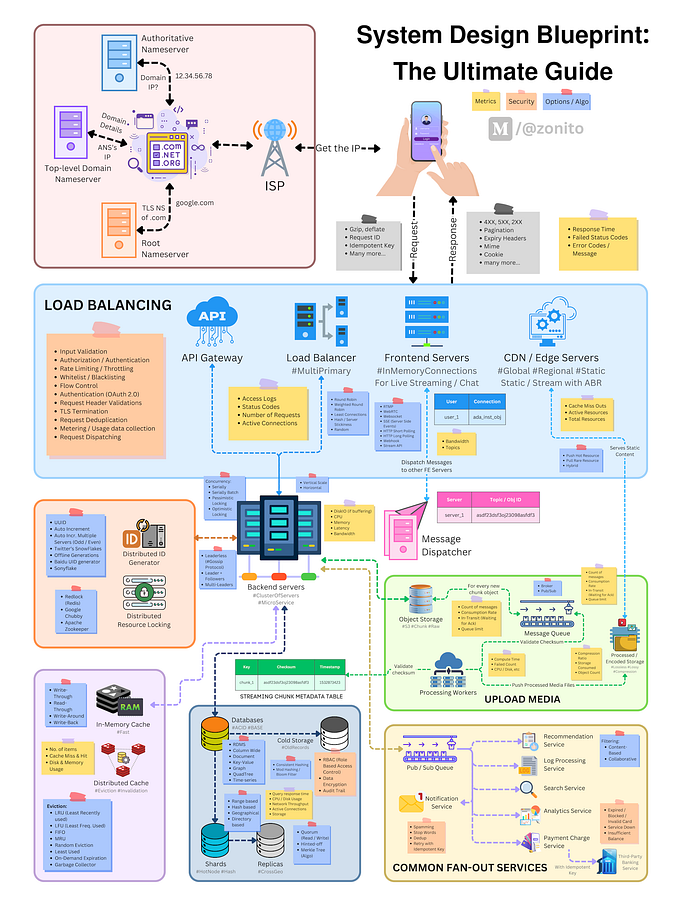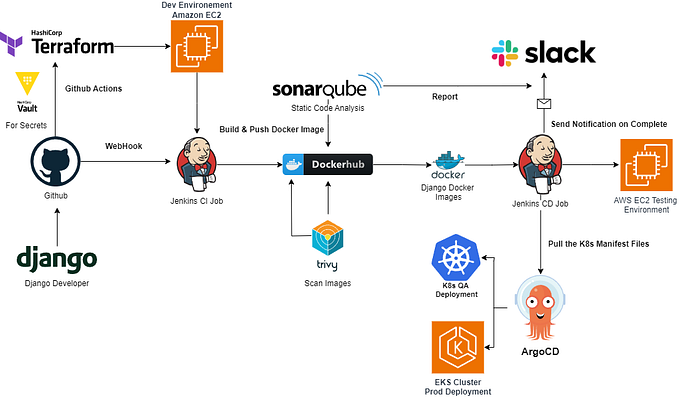Unlocking the Power of Openshift: A Comprehensive Overview for Modern Developers
OpenShift is a cloud-based Kubernetes container platform developed by Red hat which is designed to allow applications and data centers to scale from a few machines to thousands, serving millions of clients.
OpenShift shares its foundation with Kubernetes, which is an open-source container orchestration engine.
Key features of OpenShift Platform include:
- Cloud Application Platforms: Provides developers and IT organizations with platforms for deploying applications on secure and scalable resources.
- Minimal Configuration Overhead: Requires minimal manual configuration and management.
- On-Premise and Multi-Cloud Support: Brings Kubernetes to customer data centers and various cloud environments.
- Security and Compliance: Meets security, privacy, compliance, and governance requirements.
- Massive Scalability: Built on the same technology that powers telecommunications, streaming video, gaming, banking, and other large-scale applications.
🧱OpenShift Architecture

- OpenShift Web Console
A web-based interface that allows users to manage their OpenShift resources, such as projects, deployments, and images.
2. Users and Projects
Individuals who can access and use OpenShift resources
3. OpenShift CI/CD
The CI/CD (Continuous Integration/Continuous Deployment) pipeline is crucial for automating software delivery. It includes:
- Source Code Management (SCM): This is where developers manage their application code.
- Build and Deployment Pipelines: These automate the process of building, testing, and deploying applications.
- Integration with etcd: etcd is a distributed key-value store used by Kubernetes for cluster data management.
4. etcd
etcd is a consistent and highly-available key-value store. In the context of OpenShift, it stores configuration data, secrets, and other critical information related to the cluster.
5. Containers
Containers are lightweight, isolated environments that package an application and its dependencies. They allow consistent deployment across different environments.
6. POD
A Pod is the smallest deployable unit in Kubernetes (which OpenShift is built upon). It can host one or more containers that share the same network and storage resources.
7. Deployments
Deployments manage the rollout and scaling of application replicas within Pods. They ensure high availability and allow for easy updates.
8. Services
Services provide stable network endpoints for Pods. They enable communication between different parts of an application, both within the cluster and externally.
🪖OpenShift components

- Project:
A project in OpenShift represents a group of related resources, such as applications, services, and routes. It provides isolation and access control for these resources.
2. ReplicationController:
The ReplicationController ensures that a specified number of replicas (Pods) are running at all times. It helps maintain desired application availability and scalability.
3. Route:
A Route exposes services to external clients (e.g., web traffic) by creating a hostname and path-based routing rules. It allows external access to applications within the cluster.
4. ImageStreamTag:
An ImageStreamTag represents a specific version of an image. It allows you to track and manage different image versions within OpenShift.
5. BuildConfig:
A BuildConfig defines how to build an application from source code. It specifies the build strategy, source location, and other build-related settings.
6. Pod:
A Pod is the smallest deployable unit in Kubernetes (and OpenShift). It can contain one or more containers that share the same network and storage.
7. User:
Represents users who interact with the OpenShift environment. Users have different roles and permissions within projects.
8. DeploymentConfig:
A DeploymentConfig defines how an application should be deployed and updated. It manages rolling deployments, scaling, and rollbacks.
9. Service:
A Service provides a stable network endpoint for accessing Pods. It enables communication between different parts of an application.
10. ConfigMap:
A ConfigMap holds configuration data (key-value pairs) that can be consumed by Pods. It decouples configuration from application code.
11. Secret:
A Secret securely stores sensitive information (e.g., passwords, API keys) used by Pods. It prevents exposing secrets directly in the application code.
12. ImageStream:
An ImageStream represents a stream of container images. It allows you to track and manage image changes over time.
13. Build:
Represents the process of building an application from source code. It involves compiling, packaging, and creating an image.
14. DeploymentConfig Again:
Indicates a repeated deployment configuration. It might represent a new version of the application being deployed.
15. HPA (Horizontal Pod Autoscaler):
HPA automatically adjusts the number of replicas (Pods) based on resource utilization (CPU, memory). It ensures optimal scaling.
16. Template:
A Template defines a set of resources (e.g., Pods, Services, Routes) that can be instantiated multiple times. It simplifies application deployment.
️🏌️How to use OpenShift platform
We can use either OC (OpenShift Web Console) or OpenShift Dashboard.

💻Environment Setup
- Install Docker
- Set up OpenShift and oc
- Get a RedHat Account
- Provision a Developer Sandbox development cluster: Developer Sandbox for Red Hat OpenShift | Red Hat Developer
- Open OpenShift Console for the Sandbox
- Dowload oc

- Add oc to the PATH environment variable
1. Extracting zip file
2. Add to the PATH environment (edit the system environment variables)
When you find this post informative, don’t forget to share it with your team and colleagues, thanks.
You can reach me on Twitter @linhvuquach
to get my new blog every week with a bunch of categories like software engineer, problem-solving, and how to make your product …
Cheers!








